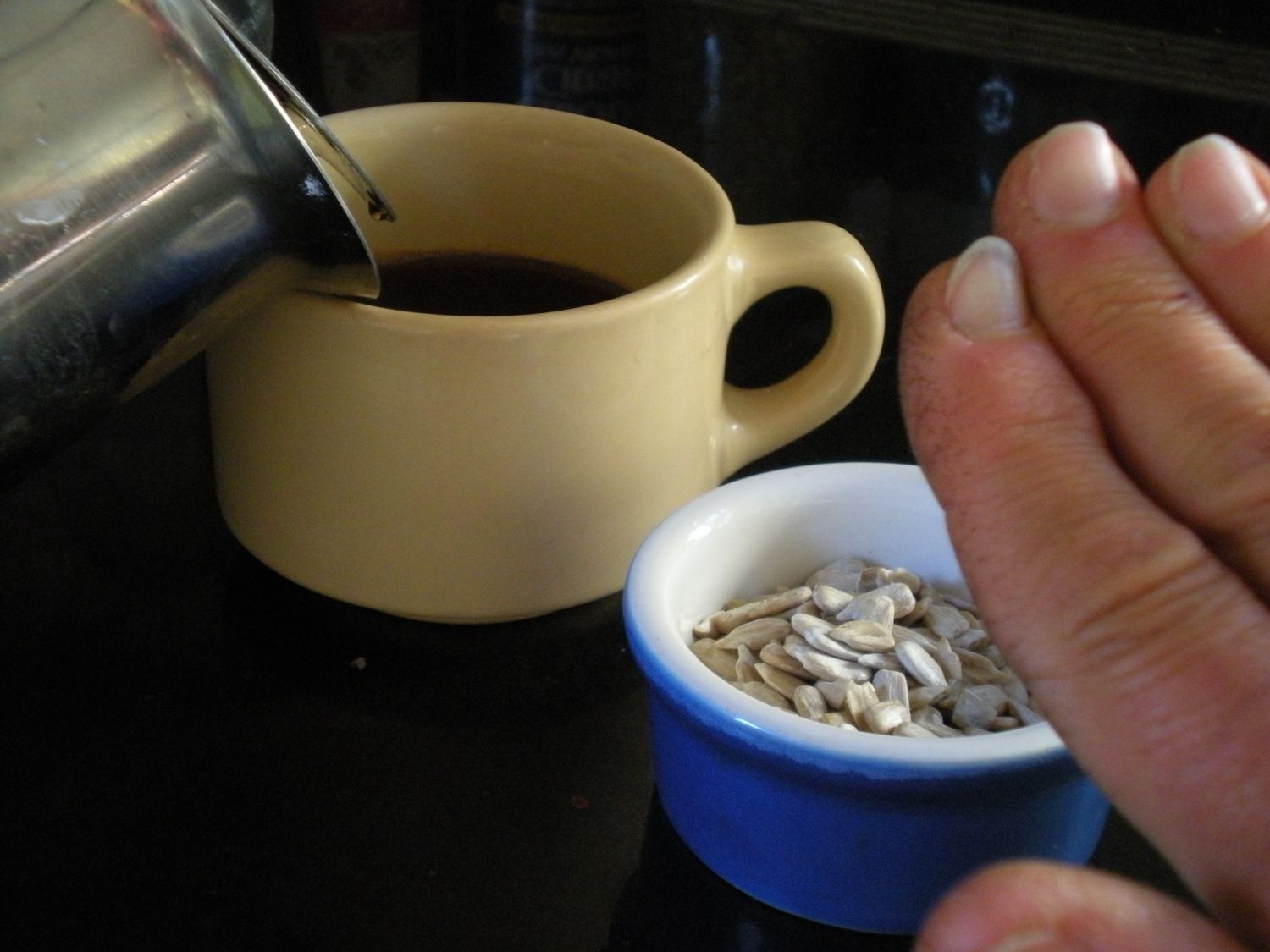UNITED STATES – The inability to ‘say when’ conjoins a rainbow of addictions, from alcohol to ice cream. Whatever you can’t say no to, whether it gets you high or not – that’s an addictive substance. Food abuse – socially sanctioned, enthusiastically pushed, and even enshrined in Shakey’s Bunch of Lunch – isn’t punished like other alcoholic or narcotic abuses with loss of livelihood or liberty, but like them, at one point it still all boils down to being able to say when.
To stick to mealtimes and respect the periods of non-eating between mealtimes, you gotta know when and how to say when. Put down your knife and fork and withdraw from the table. What’s so difficult about that? But fear, comfort, inertia, and pleasure keep us seated there – as a magnet almost – and make it obvious that we would like to eat, drink and be sedated till the cows come home. But balanced life is achieving equilibrium between our sedentary pursuits and the active, dynamic life.
Being able to say when is a muscle to constantly develop and flex. (Ha! I re-read this while editing and one hand reaches sunflower seeds and coffee sounds awful good. This embarrassingly true irony, rather like being at the pulpit with my zipper down, gives me occasion to point out: Be on guard for distracted eating – distracted anything. People can do two or more things at once, but rarely enjoy more than one thing at a time.)
To bolster eating when appropriate, learn to listen to the body. The stomach often says no, but our appetites and desires steamroll over that little dissenting voice shouting yes. Desire to eat is not a bad thing in itself; it propels us, it puts us into action and on the forward march toward the next meal. The most satisfying experiences are stoked by desires – constantly thinking about ice-cold beer after a hike in the Mojave, imagining the sound of the cap hissing off, first gulp of chill brew, rehearsed in the mind and cloaked in gratitude when finally enacted. Desire can be a great ally to align our actions to our new food preferences. Look forward to a sunflower seed and raisin snack; make the ice-filled glass of water before going to bed (instead of a midnight snack) an anticipated ritual.
Besides desire, novelty is another great ally in the 30-day plan. I’ll always remember the first day I bought nuts. I learned about the high calcium content in almonds and Brazil nuts, helping me sustain no dairy, during the period of my most dramatic weight loss. And after eating only fruit in the morning, I looked forward to those first almonds (with coffee) as ambrosia. Indeed all the old tricks of addiction, such as novelty and desire, paradoxically, are an eyelash from being friends in the pursuit to dramatically lighten up. Planning, anticipating, enjoying are good friends as surely as moderation and meditation.
Eat to live, don’t live to eat. Positively focus on activities away from the table. Actively look for “close the drawer” chores to boost and build your energy. We grown-ups leave drawers open, figuratively speaking, a lot more than we think, and instead of luxuriating at the table or wolfing down Big Macs in your car, wouldn’t it be amazing how productivity would spike and your fitness succeed if you would let your body ‘say when’ and make a move?
Pay those bills, throw out useless magazines, tie your shoes. Do it. No activity is too trivial. There’s a point, seen from the vantage of the couch potato in us all, where activity looks unappealing and we resist. I remember how my dad used to say grudgingly at the end of a coffee break, “It”s time for me to break down.” It meant going back to work, and a part of him would have loved the forever coffee break. Leaving was always sad.
But as soon as we leap out of the orbit of our sedentary pleasures, we usually become absorbed, after a few minutes, in new activity. So much so we forget everything else. Including the sunflower seeds and that cup of coffee hovering around the fringes of my desire. Say, that sounds like a good idea! Oops, it’s three hours before bedtime. I better start looking forward to that cold glass of water.
Humorist Grady Miller is the author of “Lighten Up Now: The Grady Diet,” now on Amazon Kindle. He can be reached at grady.miller@canyon-news.com.






